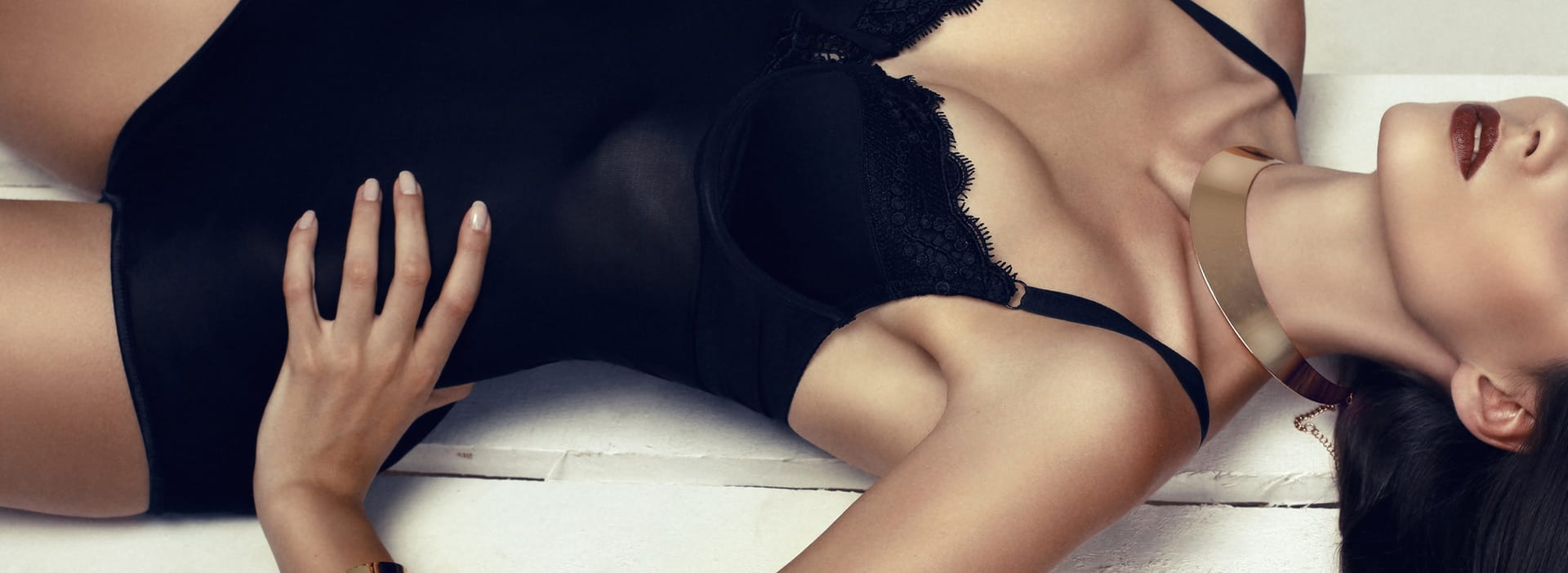Boxy Vs Bulbous Nasal Tip
The size and shape of the nose is determined by the size and shape of the underlying structures, mainly bone, cartilage, and soft tissue. The nasal tip is defined by the size, shape, and positioning of the lower lateral cartilages. The lower lateral cartilages are the two pieces of cartilage that form the tip of the nose and extend to the base of the septum.
Many patients come into Dr. Hamawy’s office complaining of a bulbous nasal tip, when in fact they have a boxy nasal tip. Unlike a bulbous nasal tip, a boxy nasal tip is rectangular, not rounded. A boxy nasal tip makes the nose appear broad and thick.
A boxy nasal tip is caused by excessive separation of the lower lateral cartilages or excessively wide lower lateral cartilages. Since the nasal skin is relatively thin, the separation or wideness of the cartilages can be prominent. Wide lower lateral cartilages will also appear particularly prominent if the upper portion of the nose is straight and proportional.
Alternatively, a bulbous nasal tip is characterized by lower lateral cartilages that are less wide set, but are prominently dome shaped. A bulbous nasal tip is often accompanied by thicker nasal skin, which makes the tip appear globular or swollen. This type of tip is most common is people of Hispanic or Middle Eastern descent, while a boxy tip is more common in Caucasians.
Boxy Nasal Tip Procedure
Boxy nasal tips appear more similar to a trapezoid. In order to correct a boxy nasal tip, Dr. Hamawy will conservatively trim the lower lateral cartilages. It is important that this be done by an experienced plastic surgeon, as overly trimming the lower lateral cartilages can cause the cartilages to collapse when breathing. For lower lateral cartilages that are widely set apart, he may remove some of the soft tissue from between the cartilages and then use permanent sutures to bring the tips of the lower lateral cartilages together. Nasal tip surgery is typically performed using an open rhinoplasty technique.
Ideally, the nose should appear like an equilateral triangle when viewed from the base.
If you are satisfied with the rest of your nasal structure, then tip reconstruction can be performed as an isolated procedure. However, some patients may find that they want to straighten out their nose or reduce the size of their nostrils along with correcting a boxy tip. Dr. Hamawy uses 3D imaging to show you what your nose will look like following nasal tip correction and how it would look if he implemented additional techniques of rhinoplasty in New Jersey.
Recovery
Following nasal tip surgery, your nose will be taped for approximately one week. Swelling may persist for a number of weeks. The final, beautiful result of the surgery is typically seen at about the 4-6 month mark. However, the tip may feel slightly rigid for up to a year following surgery due to the placement of sutures. After this time, full feeling and flexibility should return to the nose.

Schedule a Consultation
Contact Us2025 © Copyright Princeton Plastic Surgeons. All Rights Reserved. Privacy Policy
Princeton Plastic Surgeons, based in the New Jersey area, boasts board-certified surgeons who specialize in procedures such as facelifts, breast lifts, breast augmentations, and tummy tucks.


